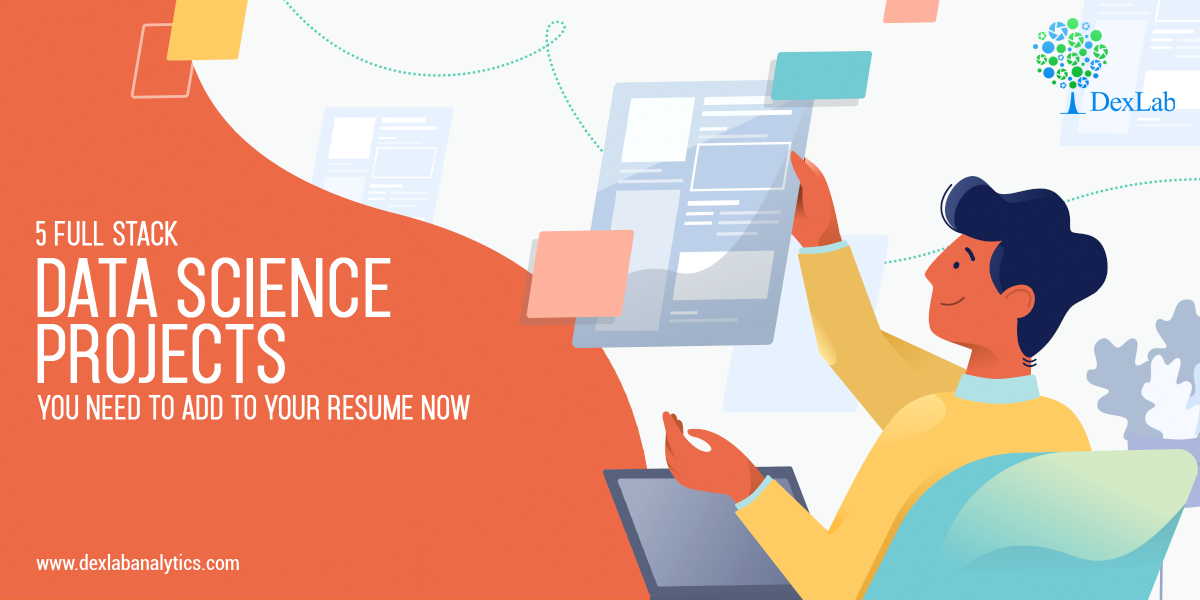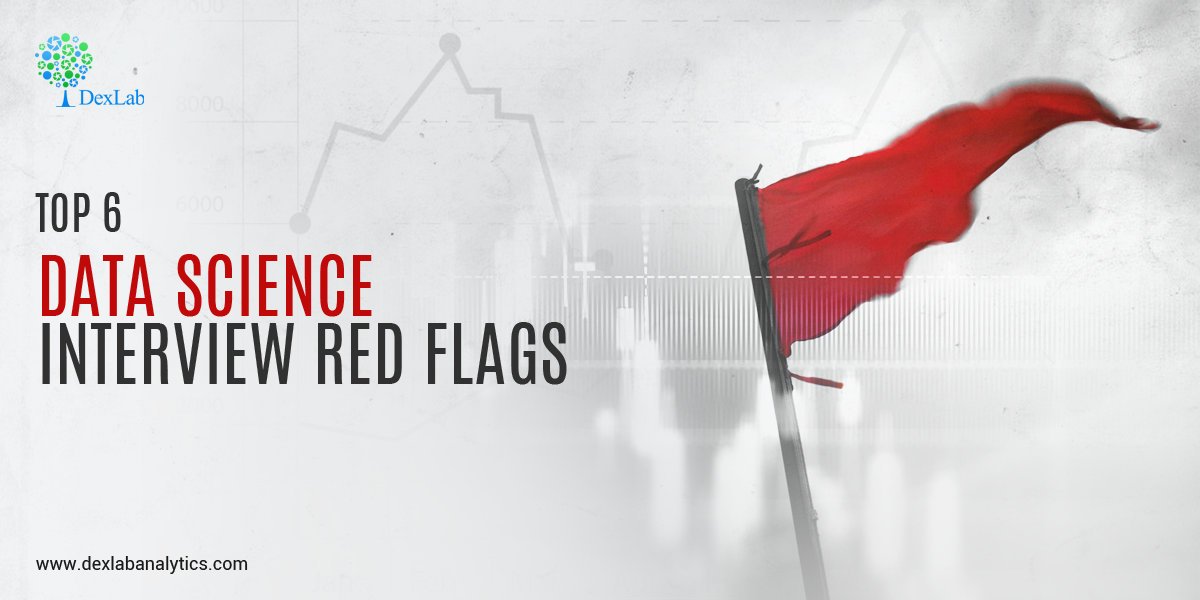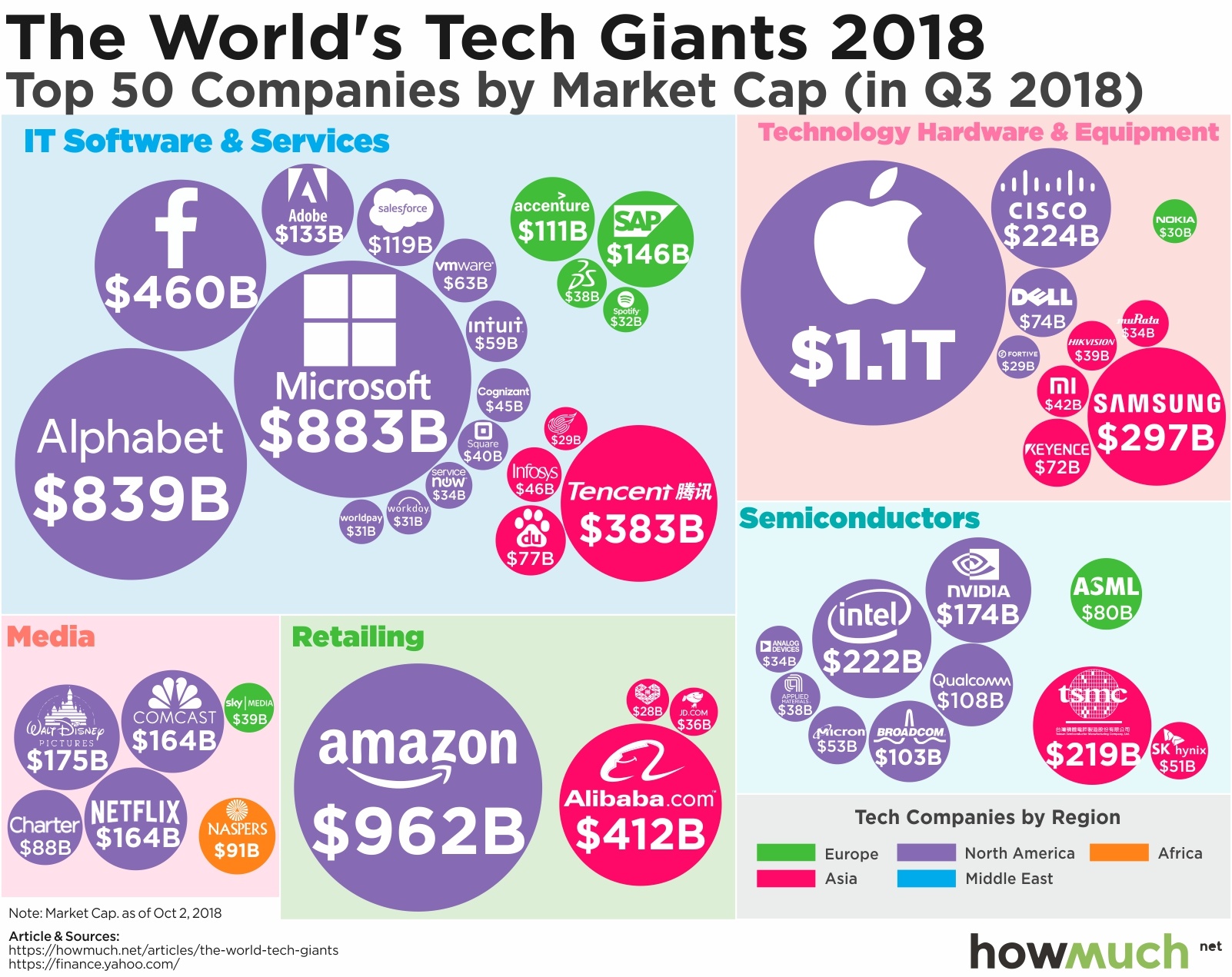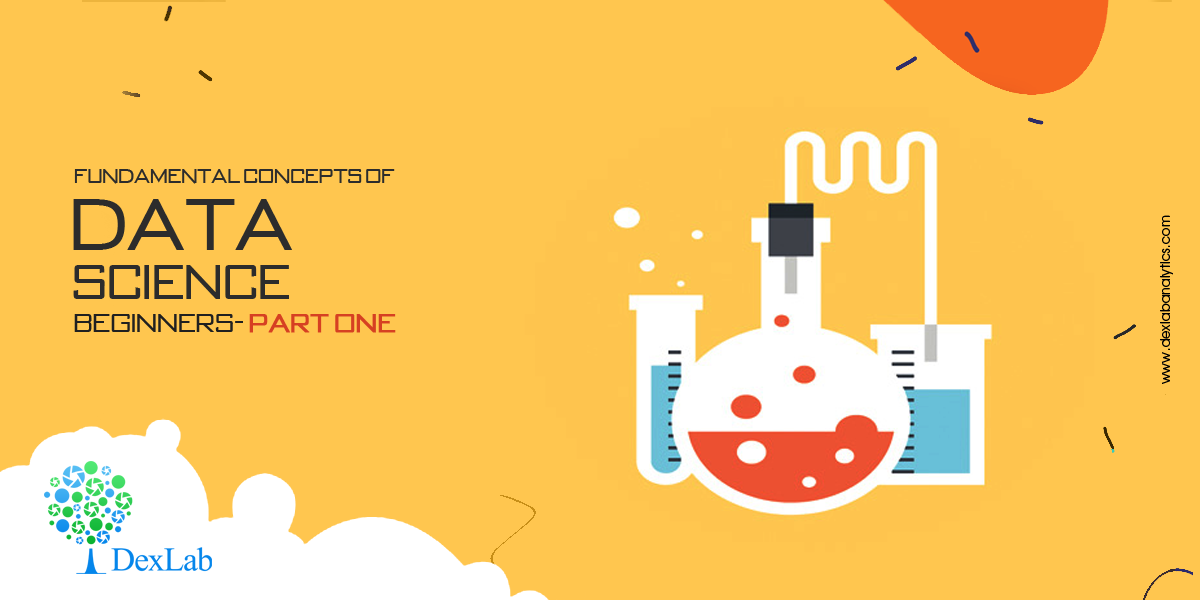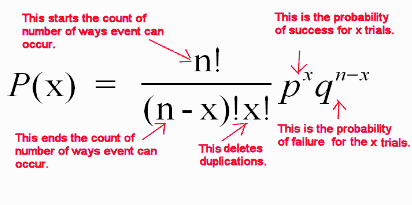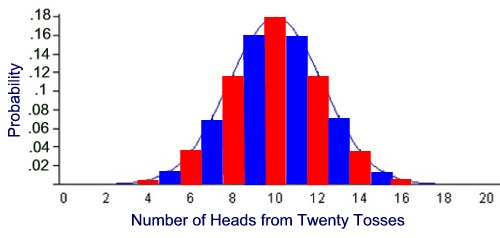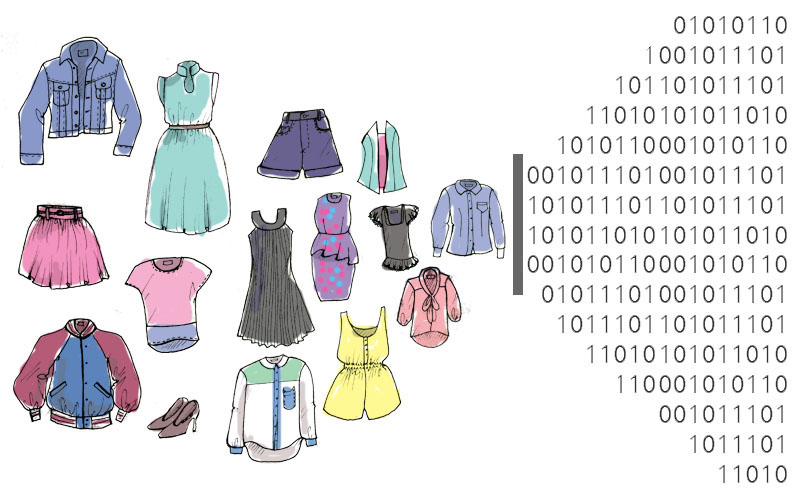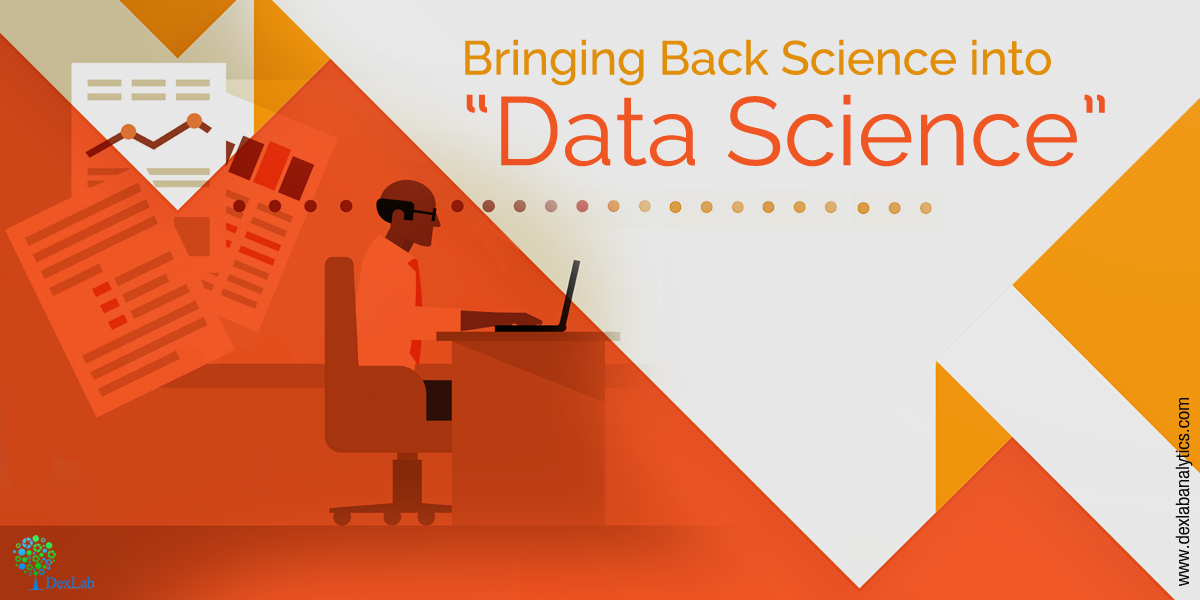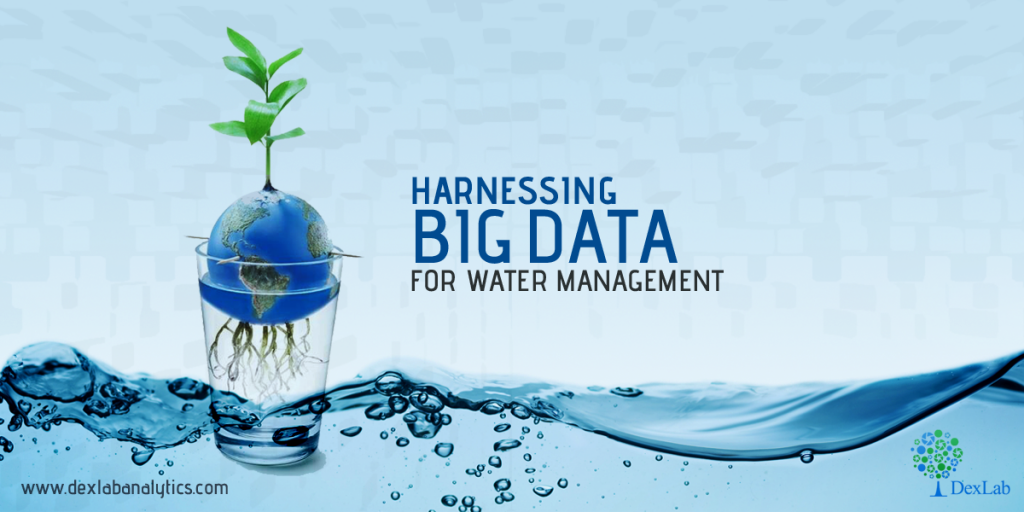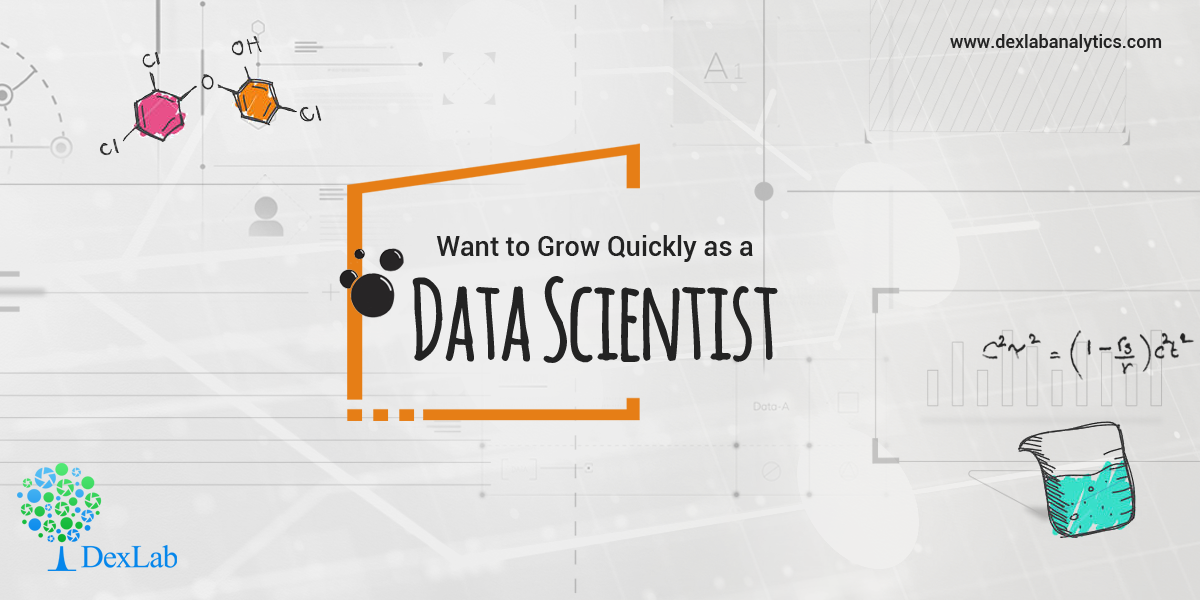
With the raging popularity of Data Science, only a few would be as unambitious as not choosing it as their field of work. Not only does Data Science open up a path long and promising for learning and attaining mastery but it also lets you get into the spotlight quicker than ever.
Most importantly, with the rising trend of Data Science, you can also shoot your career up.
Opting for Data Science, you can either be an employee in any of the distinguished IT sectors or you might also serve as a trainer, with your name all over the community.
But, as with all the other trades, marketing is important even when you seek for grounding your career in Data Science. But don’t worry because here we will give you some hacks to market yourself as a Data Scientist and grow as fast as feasible.
Knowing the Inside Out of the Domain
Ensure that you have a deep knowledge of Data Science before starting to market yourself as a Data Scientist. This is because as more and more people are getting trained in Data Science and starting to pave their career in the same field, none but they with a steadfast knowledge would thrive. Furthermore, in this digital career, you shall also pledge to be always updated and Data Science Courses in Gurgaon can give you the edge.
So, it would prove to be indispensable if you invest a considerable amount of time to learn, on hands-on-experience, leading to chiselling your knowledge and skillset.
Delve into Social Media
When it comes to marketing, you shall never disregard Social Media. In fact, that is the platform which you must first target. Facebook, Twitter and LinkedIn is the trio that you must first address.
Navigate to your Social Media accounts as frequently as you can. There, try to make friends with the people of the same profession, interact with them, discuss various problems and highlight your feats.
Value your Content
As in marketing, the common phrase goes “Content is King”, the validity of this saying is never to be tested.
Like your friends from Media, Content Marketing and Digital Marketing, there is no alternative to create your content and build your own trust.
Note – Bad content and plagiarism are a strict no-no.
Speak Often
Data Science is a relatively new stream, meetings, conferences, discussions are happening almost all the time around the world. Hence, keep yourself aware of these events and try to participate in them both as a speaker as well as a diligent and inquisitive audience.
Grow this habit and you will be amazed at assessing the popularity of yourself incredibly fast.
Be Inclined to Help
Knowledge is always ought to be shared. If you discover that you have an irrefutable knowledge of something and someone is asking for help in your domain of expertise, then extend your helping hands to them. This way you will simply be recognised all the way more.
Hackathons
For computer geeks and coders, Hackathons speak volumes. You should also try and participate in more such hackathons which are widely occurring. This will not only help you test your knowledge and understanding but will push you further and even help you extend the contacts in your professional field.
The points that we have highlighted here should surely help you be more marketable as a Data Scientist. So, keep these in mind and watch your career take a flight!
Interested in a career in Data Analyst?
To learn more about Data Analyst with Advanced excel course – Enrol Now.
To learn more about Data Analyst with R Course – Enrol Now.
To learn more about Big Data Course – Enrol Now.To learn more about Machine Learning Using Python and Spark – Enrol Now.
To learn more about Data Analyst with SAS Course – Enrol Now.
To learn more about Data Analyst with Apache Spark Course – Enrol Now.
To learn more about Data Analyst with Market Risk Analytics and Modelling Course – Enrol Now.


